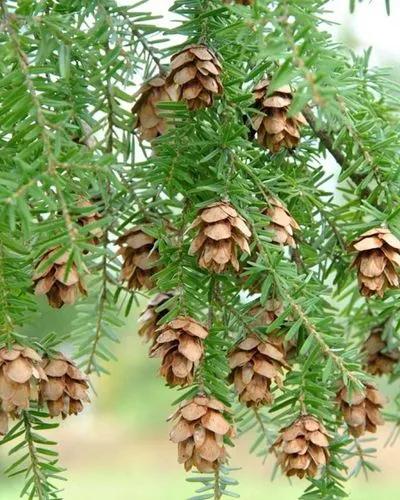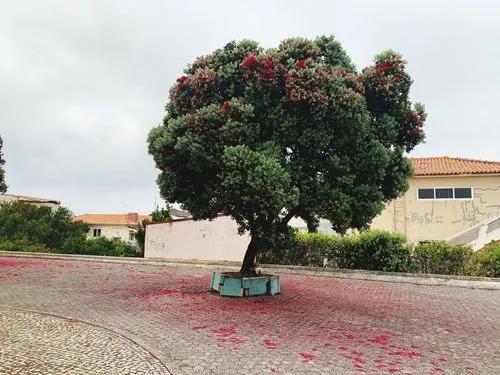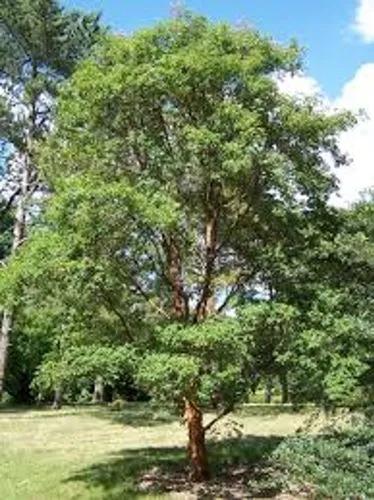Dacrycarpus dacrydioides or kahikatea (from its name in the Māori language) is a coniferous tree endemic to New Zealand. The tree grows to a height of 55 metres (180 ft) with a trunk exceeding 1 metre (3 ft) in diameter, and is buttressed at the base. It is dominant in lowland forest and wetlands throughout the North and South Islands. Trees can live for at least 600 years.
Kahikatea Care
Dacrycarpus Dacrydioides



Trees can live for at least 600 years.The leaves are spirally arranged; on young plants, they are awl-shaped, 3 to 8 mm long, and twisted at the base to lie spread to the sides of the shoot in a flat plane; on mature trees, they are scale-like, 1 to 3 mm long, and placed all round the shoot. The cones are highly modified, with the cone scales swelling at maturity into an orange to red, fleshy, aril with a single apical seed 3 to 5 mm in diameter. The seeds are dispersed by birds, which eat the fleshy scale and pass the seeds in their droppings. Before extensive logging, trees of 80 m height were known. A specimen in Pirongia Forest Park in the Waikato region is often referred to as the tallest native tree in New Zealand at 66.5 metres (218 ft). This is however incorrect as the tree is only 55.1 metres (181 ft). The current tallest known kahikatea in New Zealand is actually a 56.4 metres (185 ft) tall tree located near the Matirangi Forest in Taranaki. The tree was previously referred to by the misleading name "white pine", despite its not being a pine; the Māori name kahikatea is now more widely used (other Māori names are kaikatea, kahika, katea, kōaka, koroī). Like many other species in the family Podocarpaceae, the classification of kahikatea has changed over time, having also been placed in the genera Podocarpus and Nageia. The Waikato still has small stands of natural Kahikatea. The most readily accessible is at Claudelands Bush in the Hamilton suburb of Claudelands which was previously a swamp.
How to Care for the Plant

Popularity

127 people already have this plant 4 people have added this plant to their wishlists
Discover more plants with the list below
Popular articles






